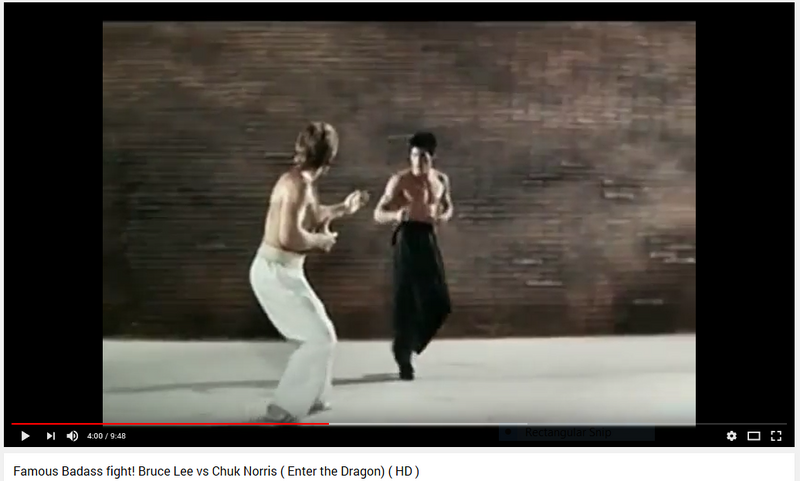skribs
Grandmaster
CONGRATULATIONS you've figured it out.
Everyone keeps telling you to play with the technique, because the technique is variable. You can push, you can thrust, you can whip, you can move in straight lines or circles...
This is the point of kata. They are fluid and variable as fighting is fluid and variable.
No, I haven't figured it out. I've been saying it all along.
A hammer is not a screwdriver, but if you need a screwdriver why would you not put down the thing you don't need and pick up the tool that you do need? Because it has a label on it?
To translate: if your fighting for your life and a knife hand "block" can fit in the gap you see as a hit, are you going to let the opportunity pass because it's a block not a strike?
Since you like to play devil's advocate I'll just tell you, the answer is no, that would be stupid.
This makes no sense at all. You tell me to put down the screwdriver and pick up the hammer and use the right tool for the job. Then you tell me not to use the right tool and just use the tool I have on hand. On top of that, it's not like a video game where I can only have so many moves equipped. It's not like knowing knife-hand block prevents me from knowing knife-hand strike, and that I'd have to put one down in order to use the other. Your metaphor doesn't make much sense at all here.
To that, I say no. You wouldn't use the blocking motion. You might use that if you're doing a sweep, trap, or push. But if you want to do the strike you do the same linear striking motion at a different angle.
And while there might sometimes be stronger strikes, you maximise the power available through training. Just because your basic block is competent doesn't mean that you are physically ready to use all its application potential. We have to develop strikes once we know they are there.
If you train both, the strike will stay stronger than the block.
Lastly the block is also a strike idea is just the beginning of expanding how you use these movements. I've already pointed out that there is a whole tactical framework around the use of knife hand block in back stance (or cat stance) for close quarter fighting.
I mean, in both applications I'm waving my hand in the same way. But the way we learn at my school, we start off with the gross movement and then learn more and more details on each technique as time goes on. The more details you learn about the techniques, the more it quickly becomes clear that they are separate techniques with separate advantages and disadvantages.
You're idea that the chop in Koryo only works as a block from further away shows a really limited understanding of the use of movement. Why not stay close and contact the strike at a different point?
In what scenario is the strike motion going to be better as a block close up?
I get that you want to understand the basic techniques better, but again the real answer to that question is that the basic techniques were designed to hold more than basics and if you want to vary where you place your rear hand when you block you can because it doesn't matter at all.
"It doesn't matter at all" doesn't sound like the right answer to me. What else "doesn't matter at all" in your techniques?

